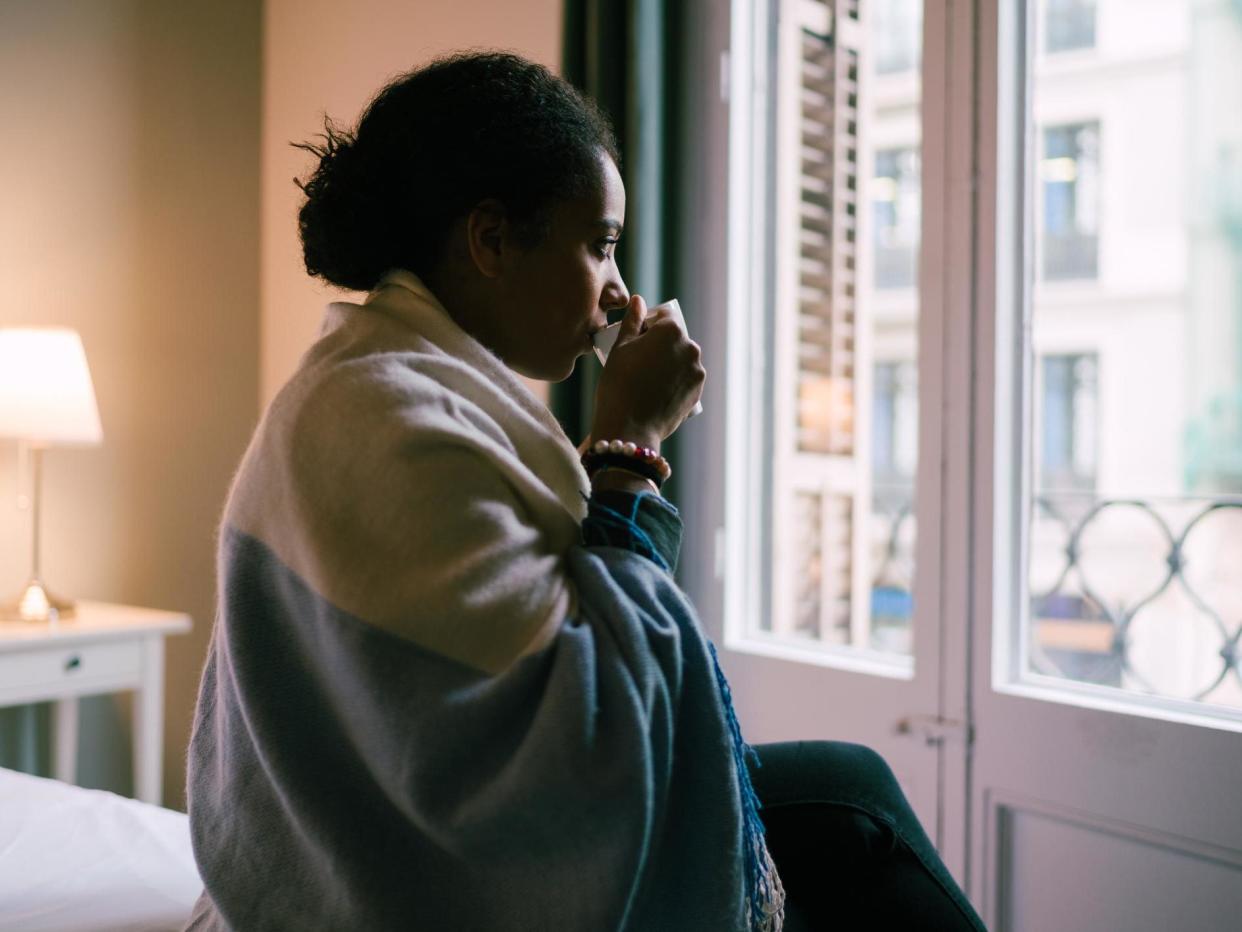Can I support bubble with someone in a tier 2 or 3 area?

Throughout the coronavirus pandemic, nationwide lockdowns have been used to reduce transmission of the virus by stopping household mixing and socialising.
For many people this meant staying at home with their family - but for those who live alone or are a single adult living with children, it was recognised that a lack of socialisation and extended periods of solitude could be problematic.
As a result, from 13 June, people in England have been allowed to form “support bubbles” - following models elsewhere in Europe and New Zealand, which was the first international example of support bubbles.
This meant people in a number of listed circumstances, these households could now freely mix with another, stay the night and not practice social distancing in their company. But what are the rules for support bubbles now and have they changed with the new tier system?
What is a support bubble?
A support bubble is a close support network between one household with only one adult in the home (known as a single-adult household) and one other household of any size.
Bringing these two households together is called “a support bubble”.
The idea is that during the pandemic it is better to limit all social interactions but the government “recognises this is difficult” so by mixing with a select number of people, you will minimise potential risk. It will also make contact tracing much easier if someone does get ill.
Who does this rule apply to?
The people who can form a support bubble with another household are those that live alone (even if you have carers to visit you) or those that live alone with children under the age of 18.
If you live with other adults, you can form a support bubble with one single-adult household who are not part of a support bubble with anyone else.
If you share custody of your child with someone you do not live with you can form a support bubble that includes your child’s other parent.
Who cannot form a support bubble with another household?
If you live in a household with other adults you cannot form a support bubble with another house - unless that house is single-occupancy.
You should also try to limit how far you travel to your support bubble - the government says you should have a household that is local wherever possible.
You are also not permitted to change your support bubble from 14 September.
Does this change in the tier system?
In Covid alert level high (tier 2) you are not allowed to mix with other households indoors (you can see people outdoors in groups of six or fewer).
But you can see people if you have formed a support bubble with them. This includes in private homes, and other indoor venues like restaurants or pubs.
Households in support bubbles can still visit each other, stay over and visit public places together in tier 2 areas.
In Covid alert level very high (tier 3) the rules go further and you are not allowed to mix with other households indoors or outdoors. This is the most serious category.
But, like tier 2, you are also permitted to still meet your support bubble in tier 3.
Support bubbles are eligible throughout the tiered-lockdown system, as long as they comply with the aforementioned rules of support bubbles.
Does social distancing have to be maintained in a support bubble?
Social distancing of two metres does not have to be maintained between those within a support bubble.
This means that people within their bubbles can hug, kiss, and touch.
It will also make it much easier for single parents seeking childcare to do so, given that it’s very difficult to ensure small children abide by social distancing.
Read more
One in four adults fear they will spend Christmas alone, study finds

 Yahoo News
Yahoo News 